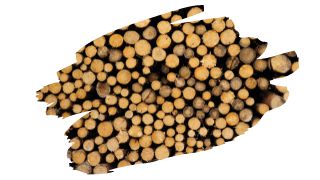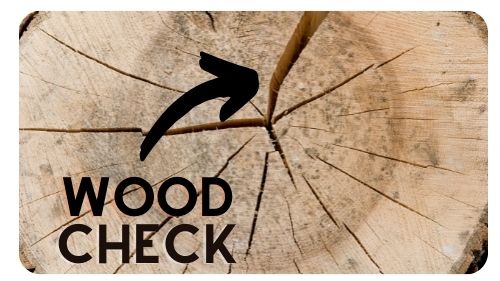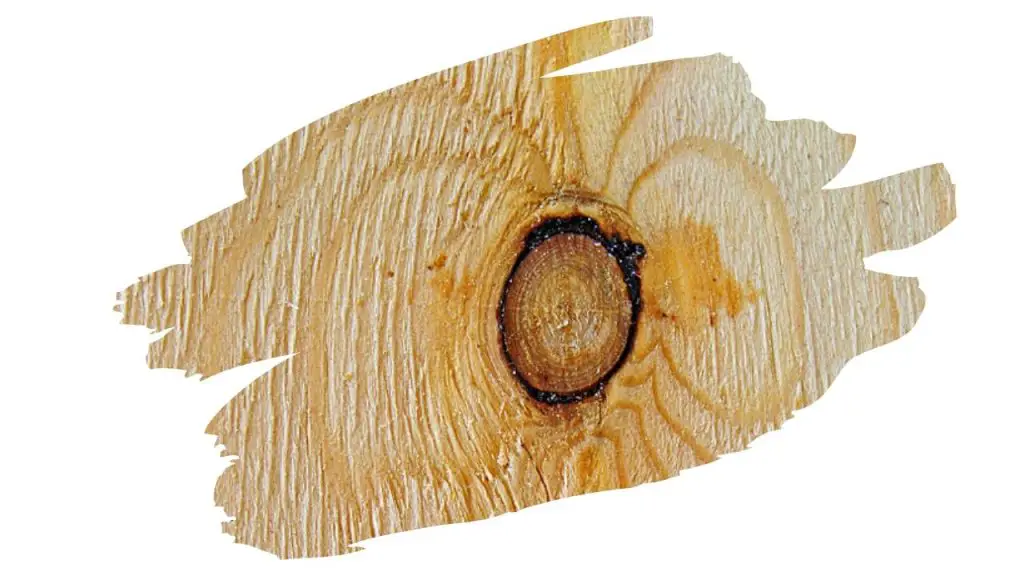Basswood, White Oak, Black Walnut. What do these different timbers all have in common? Well, all of them are among the most popular types of wood for carving.
But, choosing a carving wood depends as much on its toughness, as it does on the texture of its grain.
Let’s take for example Spruce wood. This soft lumber is so malleable that it does not really hold intricate designs well.
So, what does this mean when it comes to carving with a wood type such as Spruce?
Well, in this post you will find out why your wood carving style is the key to deciding what type of wood is best for carving. You’ll also discover why Spruce wood (despite it’s softness) may not be the fantastic whittling wood you’re looking for.

This post may contain affiliate links to products that we receive a commission for (at no additional cost to you). Learn more here.
What Is The Best Wood For Woodcarving?
The answer to this very much depends on your wood carving style.
Some carving styles use hand tools and require a light touch. So, these carving techniques require quite low density soft pliable woods.
On the other hand, there are some carving styles that need a heavier hand — and in some cases even require power tools. So tougher wood types are more suited for these styles.
OK…So What Types Of Wood Are Best For Different Carving Techniques?
Well, when it comes to light touch carving that uses hand tools, you should use pliable woods.
So for whittling, Basswood and White Pine are good choices, because these two timbers don’t require a lot of force to cut. And, these timber types also hold designs rather well too.
For styles that require a bit more force, (such as Chip Carving), lumber such as Black Walnut and Cherry, are ideal.
But, when it comes to intense carving styles — of the kind that require power tools — you need very tough timber. So, for styles like wood turning and chainsaw carving, you should use a tough timber such as European Oak (a.k.a White Oak).
What About Spruce Wood? What Type Of Carving Style Is Spruce Wood Suited For?
One of the first things you need to know about a woods suitability for a carving style, is its toughness.
Very soft woods are great for delicate precise cut carving. While heavy hard timbers are not.
And, one of the ways that we measure the hardness of a particular wood, is by checking its Janka rating.
The Janka rating reflects how much force it takes to make a dent in a piece of wood. The higher the Janka rating, the more force it takes. And the more force it takes, then the harder the timber.
Now, when it comes to whittling, Basswood is a fantastic option for this technique. That’s because Basswood has a Janka rating of 410 lbf.
That means it will take 410 pounds of force to make a cut in this low density lumber.
However, when we compare Basswood against Spruce, Spruce is a touch harder than Basswood. That’s because Spruce woods Janka rating is 480 lbf. And yet its relative low density still makes it soft enough to take on delicate cuts.
So, It Should Be Easy To Cut Into Spruce Wood, Right?
When it comes to carving into Spruce wood with a manual whittling tool, this timber is very easy to cut into. What’s more, Spruce is one of the most stable woods on the market.
Stable wood types are less likely to warp and check due to moisture and humidity. So, Spruce doesn’t tend to crack as it dries out.
Related Post: How To Season Wood (7 Tips)
What Is A ‘Stable’ Wood?
Well, beyond woods toughness, another thing we need to check for is a wood types stability. You see, the more stable a wood is, then the less likely it is to warp or form wood checks.

When wood warps it is a result of moisture and heat. As wood absorbs moisture, wood expands. And as it dries out, wood shrinks back down.
This shifting movement is typically the cause of warping, twisting, cracking and splitting.
Now, there are some types of wood, (such as Spruce and Douglas Fir), that are stable enough to not shift around like this. These stable ‘warp-resistant’ wood types are unaffected by changes in humidity (or a splash of water).
So This Means Spruce Is Great For Whittling…Right?
Here’s the thing; Spruce wood has one major flaw when it comes to working with this softwood. And that flaw is the fact that it’s grain tends to tear and split.
You see, despite often being grouped in with other Whitewoods (i.e. woods that are widely used for construction framing) Spruce is fairly brittle.
Related Post: Is Whitewood Really Any Good For Framing?
What’s more, Spruce wood has a fair number of knots in it, and those knots are very difficult to carve around.

What Does This Mean For My Dream Of Carving Spruce Wood?
Well, any power tool styles — such as Wood turning — will tear this wood apart all too easily. And it is too soft for chip carving.
And while Spruce is almost as soft as Basswood, its fragile splintering means it won’t hold design well. And that’s before we even get to the fact that its knots will make life even more difficult.
In short, Spruce is not a good choice wood for carving with. Besides, there are much better whittling wood options in the form of Basswood.
Related Post: How To Cut Basswood Strips Down To Size
To Wrap Up, Here Are The 3 Key Takeaways From This Post…
- 1). Spruce is soft enough to cut into with manual hand tools.
- 2). However, this softwood has a reputation for tearing as you cut into it.
- 3). Better choice woods for whittling are Basswood or White Pine.



